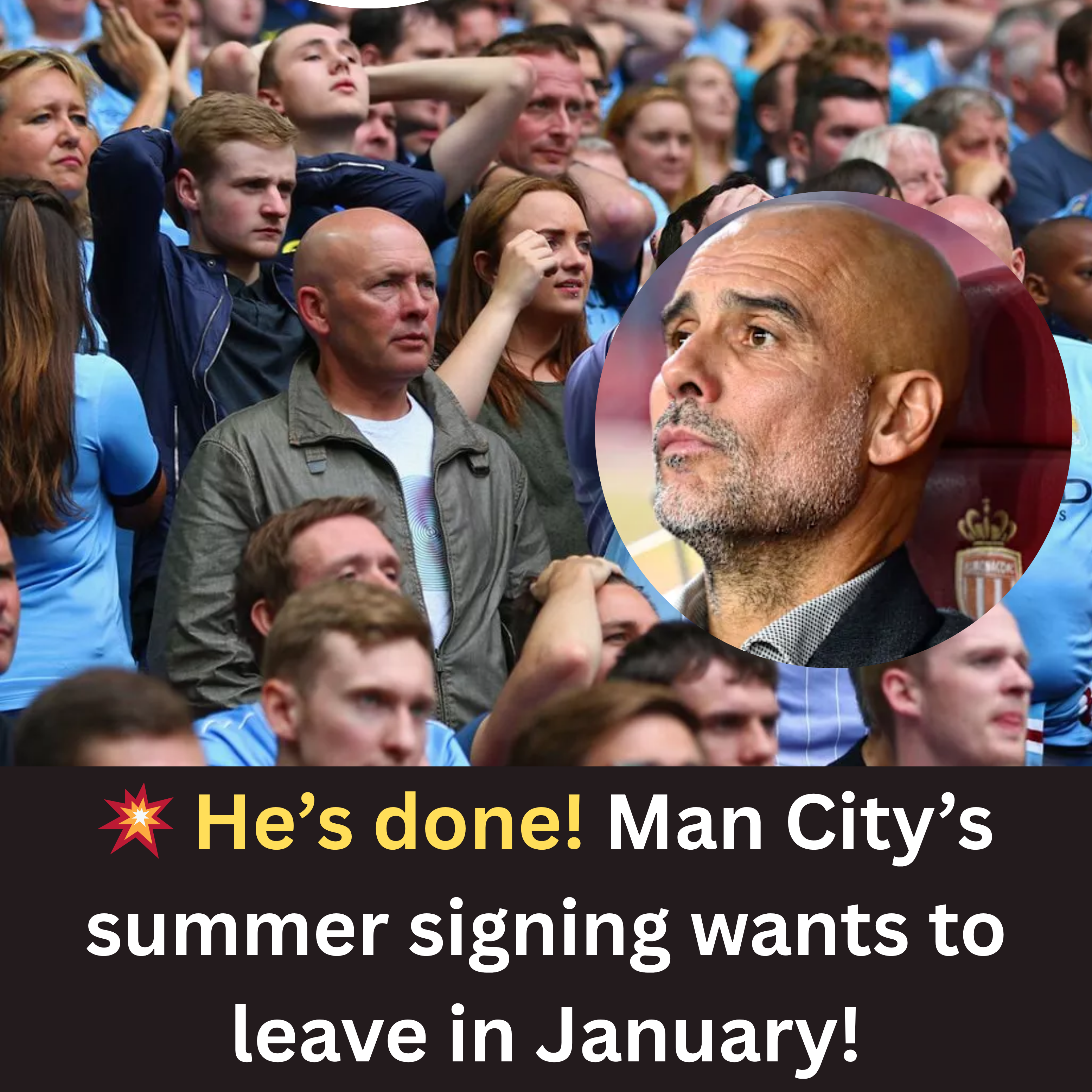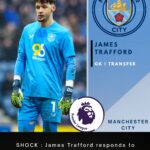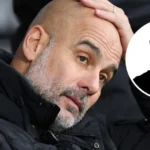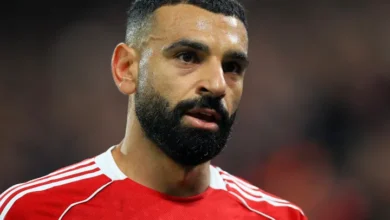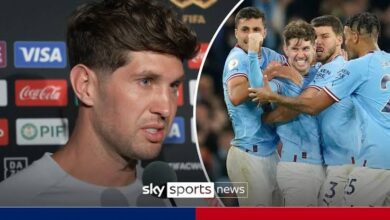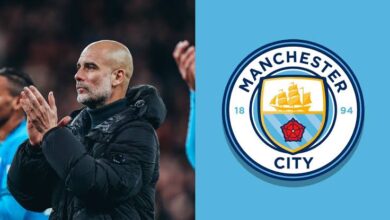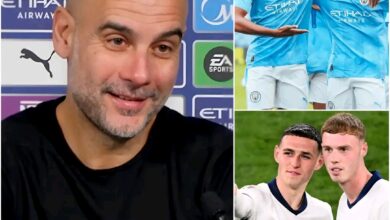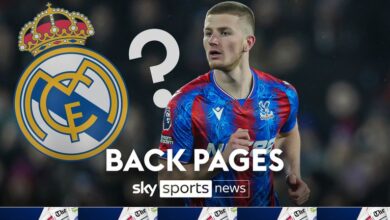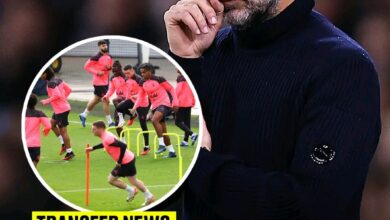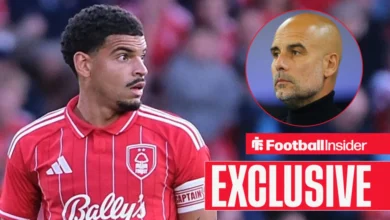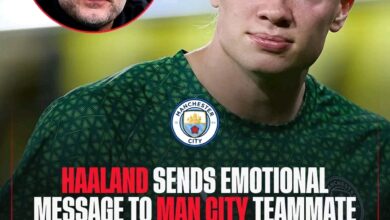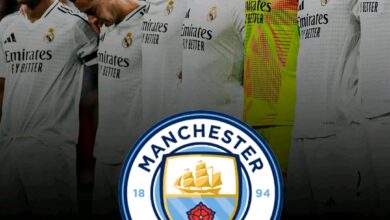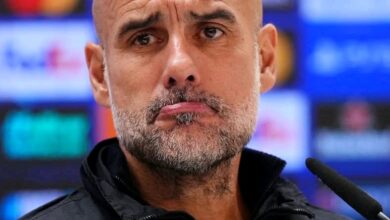The 9 Players Ralf Rangnick Recommended to Manchester United: A Comprehensive Analysis

When Ralf Rangnick arrived at Manchester United as interim manager in December 2021, he brought with him a reputation as one of football’s most astute tactical minds and talent evaluators. The German coach, often credited as the “godfather of gegenpressing,” was not only tasked with steadying the ship during a turbulent period but also with providing strategic insights for the club’s future direction. During his brief tenure at Old Trafford, Rangnick identified numerous areas for improvement and reportedly compiled a comprehensive list of player recommendations that he believed could transform United into genuine contenders once again.
The Austrian’s recommendations were based on his deep understanding of modern football dynamics, extensive scouting network, and years of experience in identifying and developing talent across various leagues. His suggestions encompassed different positions and represented a mix of established stars and emerging talents, all carefully selected to fit his vision of high-intensity, pressing football that he believed Manchester United needed to embrace to compete at the highest level.
Rangnick’s approach to player recruitment was fundamentally different from the scattergun method that had characterized United’s transfer dealings in previous years. His recommendations were built around several key principles that reflected his footballing philosophy and understanding of what United needed to close the gap with their rivals.
The German coach emphasized the importance of players who could excel in a high-pressing system, demonstrating exceptional work rate, tactical intelligence, and the ability to maintain intensity throughout matches. He sought individuals who could contribute both defensively and offensively, understanding that modern football demands versatility and adaptability from every position on the pitch.
Rangnick also prioritized character and mentality, recognizing that United’s problems extended beyond mere technical ability. He believed the club needed leaders who could drive standards in training and matches, players who understood the pressure and expectations that come with representing one of the world’s biggest football clubs.
Central to Rangnick’s vision was the complete overhaul of United’s midfield, which he viewed as the engine room that would determine the success or failure of his pressing system. His recommendations in this area reflected his belief that United needed players who could control tempo, break up opposition play, and provide the energy necessary to sustain high-intensity football.
Among his primary targets was Jude Bellingham, the young English midfielder who was already making waves at Borussia Dortmund. Rangnick identified Bellingham as a generational talent whose combination of technical ability, physical presence, and leadership qualities made him an ideal candidate for United’s midfield reconstruction. The Austrian saw in Bellingham a player who could grow into the role of United’s midfield anchor for the next decade, providing the stability and dynamism that the position demanded.
Tchouaméni represented another key target in Rangnick’s midfield revolution. The French international’s performances at AS Monaco had caught the attention of Europe’s elite clubs, and Rangnick believed his defensive solidity, passing range, and ability to drive forward with the ball made him perfectly suited to United’s needs. The coach saw Tchouaméni as a player who could provide the defensive foundation that would allow United’s more creative players to flourish.
Declan Rice also featured prominently in Rangnick’s thinking, despite the complications that would have surrounded any move for the West Ham captain. The German coach admired Rice’s leadership qualities, defensive awareness, and ability to shield the backline while contributing to build-up play. Rangnick viewed Rice as a player who understood the English game’s demands and possessed the character necessary to handle the pressure at Old Trafford.
Rangnick’s assessment of United’s defensive capabilities led him to identify several areas where reinforcement was desperately needed. His recommendations in this area focused on players who could provide both defensive solidity and the ability to contribute to attacking phases of play.
Jules Koundé emerged as a priority target for the center-back position, with Rangnick impressed by the French defender’s pace, aerial ability, and comfort in possession. The coach believed Koundé’s versatility, having played both as a center-back and right-back, would provide valuable tactical flexibility while addressing United’s need for a leader in the defensive line. At left-back, Rangnick identified Theo Hernández as a player who could transform United’s approach down the flank. The AC Milan defender’s attacking output, combined with his defensive reliability, aligned perfectly with Rangnick’s vision of full-backs who could contribute significantly to both phases of play. The German coach saw Hernández as a player who could provide the width and pace necessary for his system while maintaining defensive discipline.
In the attacking third, Rangnick’s recommendations reflected his desire to find players who could provide both individual brilliance and collective functionality. His targets in this area demonstrated his understanding that modern attacking players needed to contribute defensively while maintaining their creative and goal-scoring responsibilities.
Christopher Nkunku featured prominently in Rangnick’s thinking, with the German coach familiar with the French forward’s capabilities from his time in the Bundesliga. Rangnick saw Nkunku as a player who embodied the modern forward’s versatility, capable of playing across multiple positions while maintaining consistent goal and assist output. The coach believed Nkunku’s work rate and pressing ability would make him an ideal fit for United’s tactical approach.
Dusan Vlahović represented Rangnick’s solution to United’s striker concerns, with the Serbian forward’s combination of physical presence, technical ability, and goal-scoring instinct appealing to the German coach. Rangnick viewed Vlahović as a player who could provide the focal point United’s attack needed while contributing to the team’s pressing efforts. Rangnick’s recommendations also included several younger players who he believed could develop into key contributors for United’s future. His eye for emerging talent, honed through years of working with young players, led him to identify individuals who possessed the raw materials necessary for success at the highest level.
Darwin Núñez was among these emerging talents, with Rangnick impressed by the Uruguayan’s pace, movement, and finishing ability during his time at Benfica. The German coach saw Núñez as a player who could grow into a world-class striker while providing immediate impact through his work rate and pressing intensity. Gavi, the young Barcelona midfielder, also caught Rangnick’s attention as a player who embodied the energy and technical ability necessary for his system. Despite the obvious complications in acquiring a player from Barcelona, Rangnick believed Gavi’s potential made him worth pursuing as a long-term investment.
Rangnick’s analysis extended to the goalkeeper position, where he identified the need for either significant improvement or outright replacement. His recommendations in this area focused on keepers who could contribute to build-up play while providing the shot-stopping ability necessary for success at the highest level. Mike Maignan emerged as a primary target, with Rangnick impressed by the French goalkeeper’s distribution, command of his area, and ability to play out from the back. The German coach saw Maignan as a keeper who could elevate United’s entire defensive structure while providing the modern goalkeeping attributes necessary for success in contemporary football.
Despite the comprehensive nature of Rangnick’s recommendations, the reality of implementing his vision proved challenging for multiple reasons. The financial implications of acquiring his preferred targets would have required massive investment, with many of his recommendations commanding transfer fees that would have stretched even United’s considerable resources. The timing of Rangnick’s recommendations also created complications, as many of his preferred targets were already committed to other clubs or had alternative preferences for their next career moves. The competitive nature of the modern transfer market meant that United faced significant competition for the players Rangnick had identified.
Additionally, the club’s decision-making structure and approach to transfers meant that not all of Rangnick’s recommendations aligned with the priorities of other stakeholders within the organization. The disconnect between Rangnick’s vision and the club’s broader strategy contributed to the limited implementation of his suggestions. While many of Rangnick’s specific recommendations were not pursued, his analysis of United’s needs and the profile of players required for success proved remarkably prescient. Several of his suggested targets went on to achieve significant success at other clubs, validating his assessment of their potential.
Bellingham’s subsequent development at Real Madrid demonstrated the accuracy of Rangnick’s evaluation, with the English midfielder becoming one of the world’s most sought-after players. Similarly, other players on his list continued to excel at their respective clubs, suggesting that Rangnick’s recommendations were well-founded. The principles underlying Rangnick’s recommendations also influenced United’s subsequent transfer strategy, with the club eventually pursuing players who possessed similar attributes to those he had identified. While the specific names may have changed, the fundamental requirements he outlined remained relevant to United’s ongoing reconstruction efforts.
Rangnick’s approach to player recommendations offers valuable insights into modern football recruitment and the importance of aligning transfer strategy with tactical philosophy. His emphasis on character, work rate, and tactical intelligence alongside technical ability reflects the multi-dimensional nature of player evaluation in contemporary football.
The German coach’s recommendations also highlighted the importance of having a clear vision for team development and the patience necessary to implement long-term strategies. His holistic approach to squad building, considering how individual players would fit into the broader tactical framework, provides a template for effective recruitment in modern football. The comprehensive nature of Rangnick’s analysis demonstrates the level of detail and preparation necessary for successful team building at the highest level. His recommendations extended beyond individual player assessments to consider how different combinations of players would interact and contribute to the team’s overall effectiveness.
In conclusion, while Ralf Rangnick’s tenure at Manchester United was brief, his player recommendations provided a fascinating insight into the mind of one of football’s most respected tactical thinkers. His suggestions, though largely unimplemented, offered a roadmap for United’s development that reflected both immediate needs and long-term strategic thinking. The subsequent success of many of his recommended players at other clubs serves as a testament to his evaluation skills and understanding of what it takes to succeed at the highest level of modern football.
